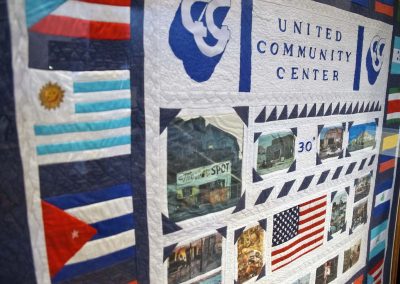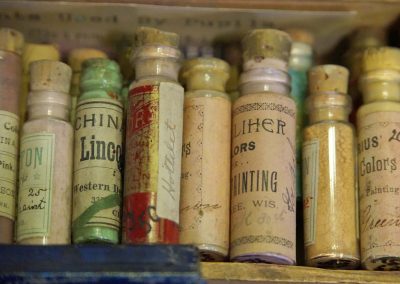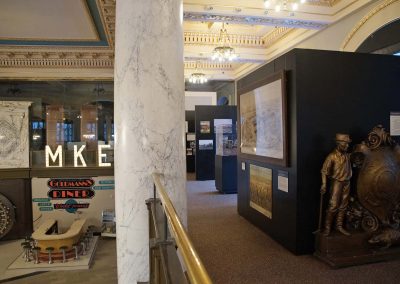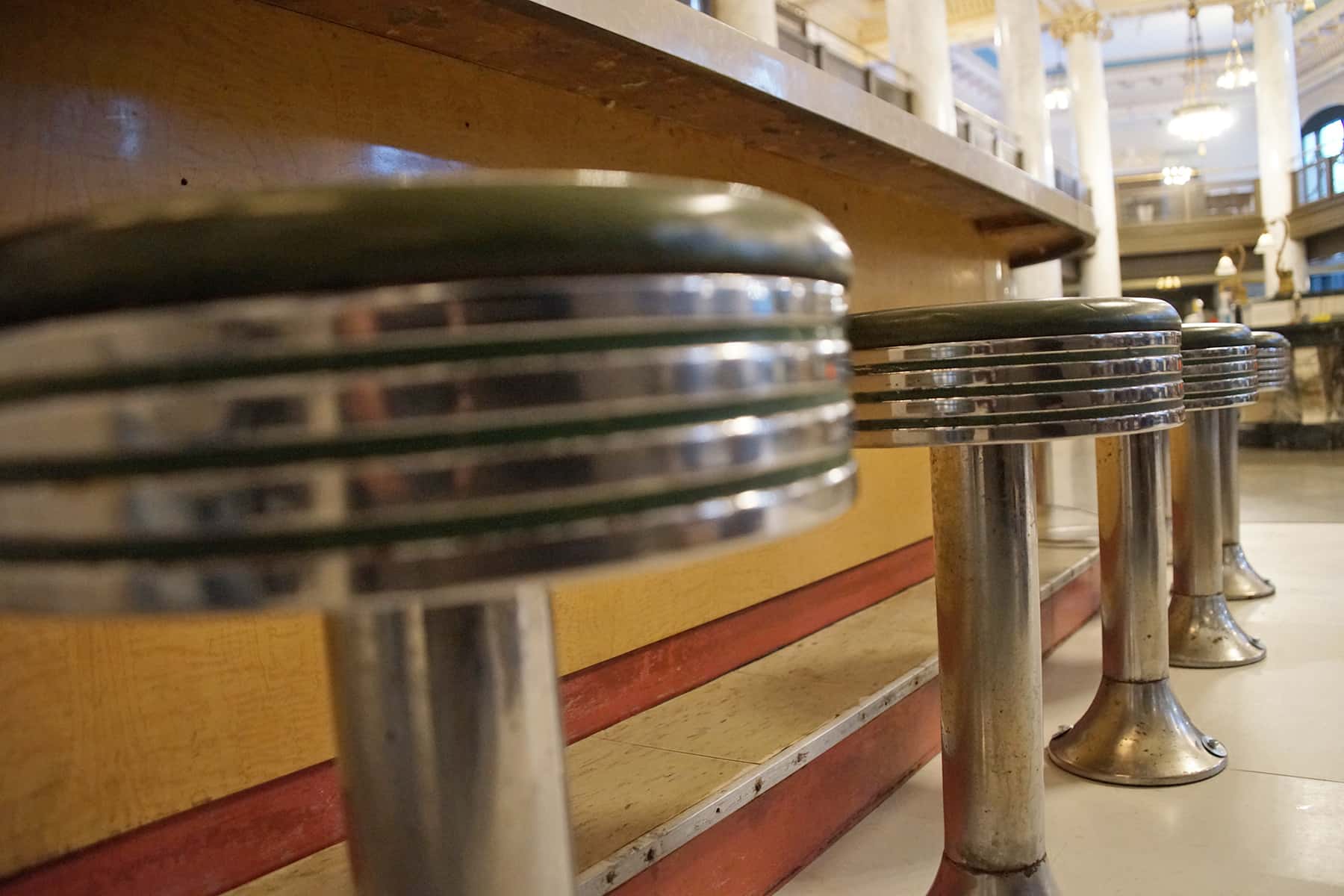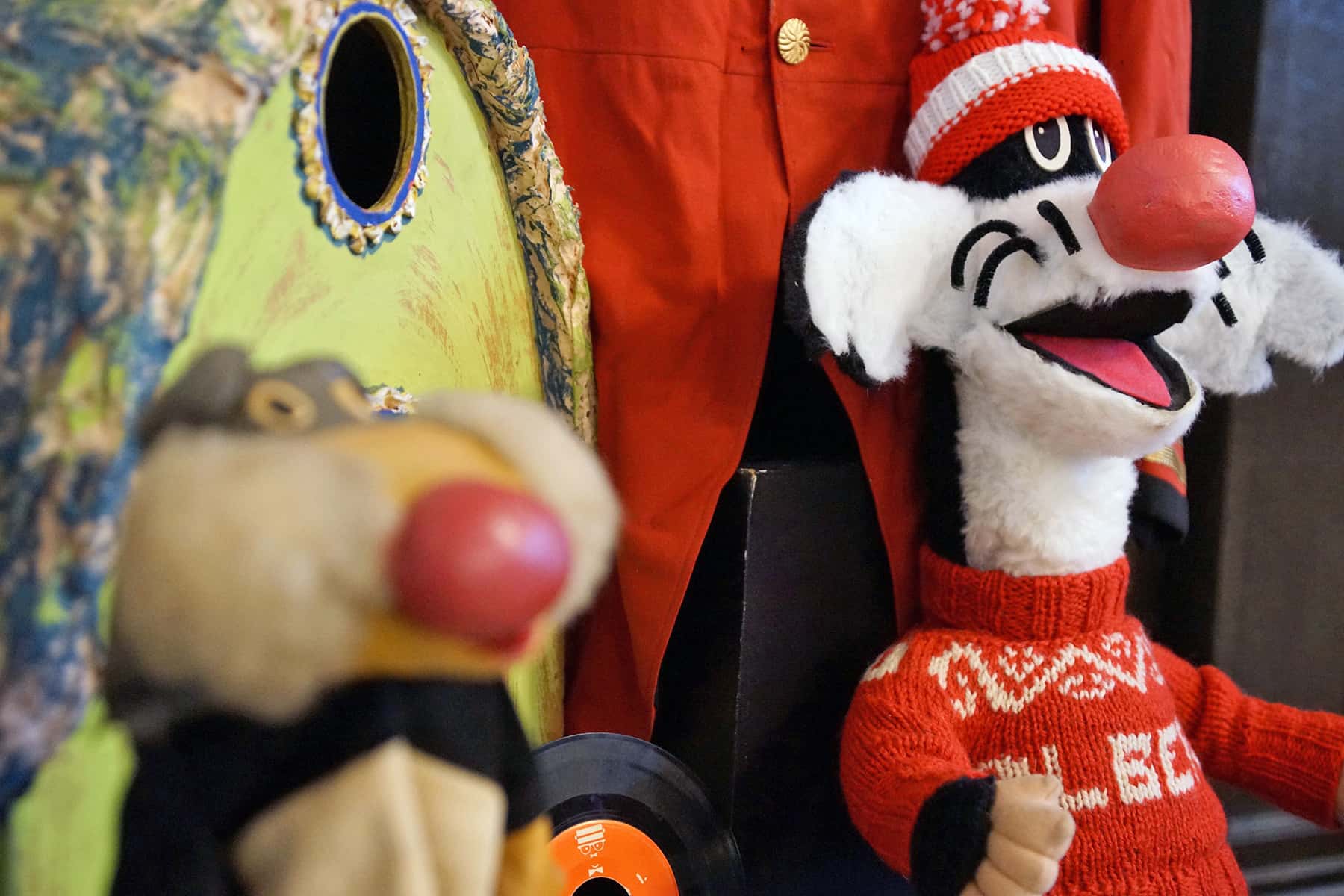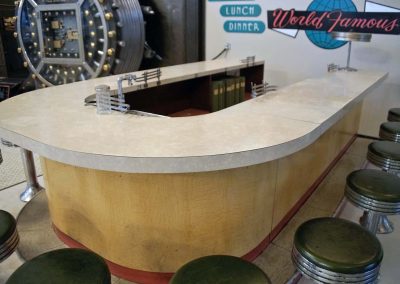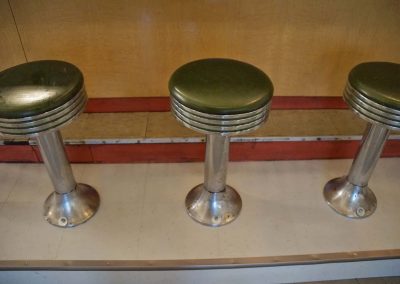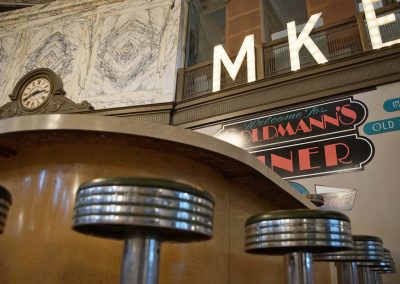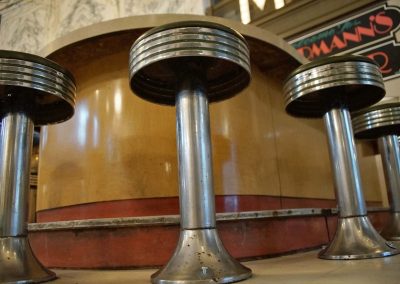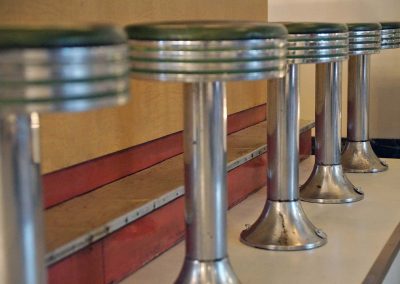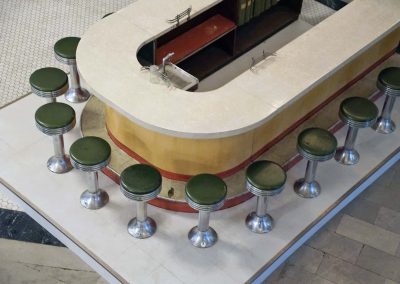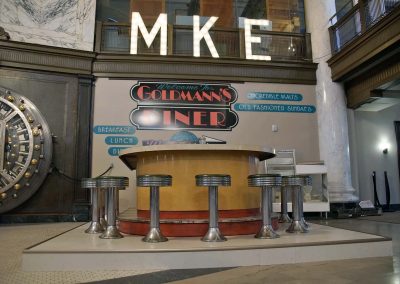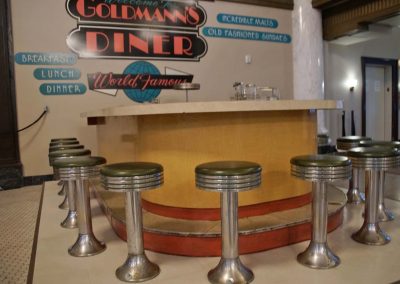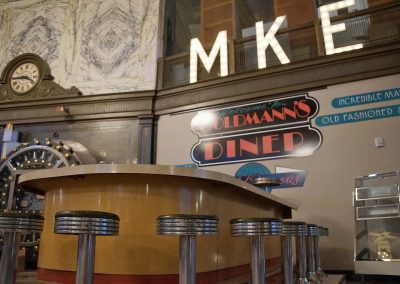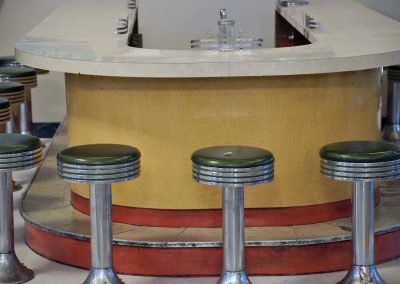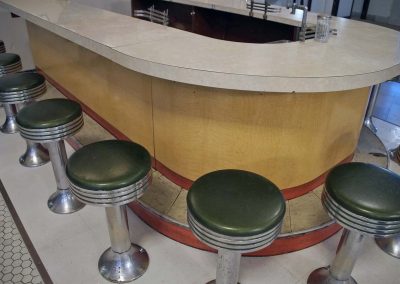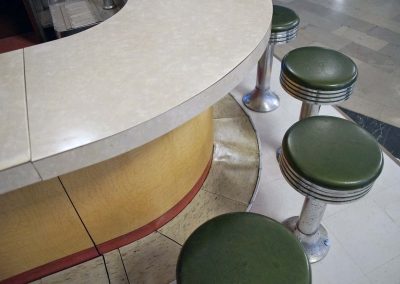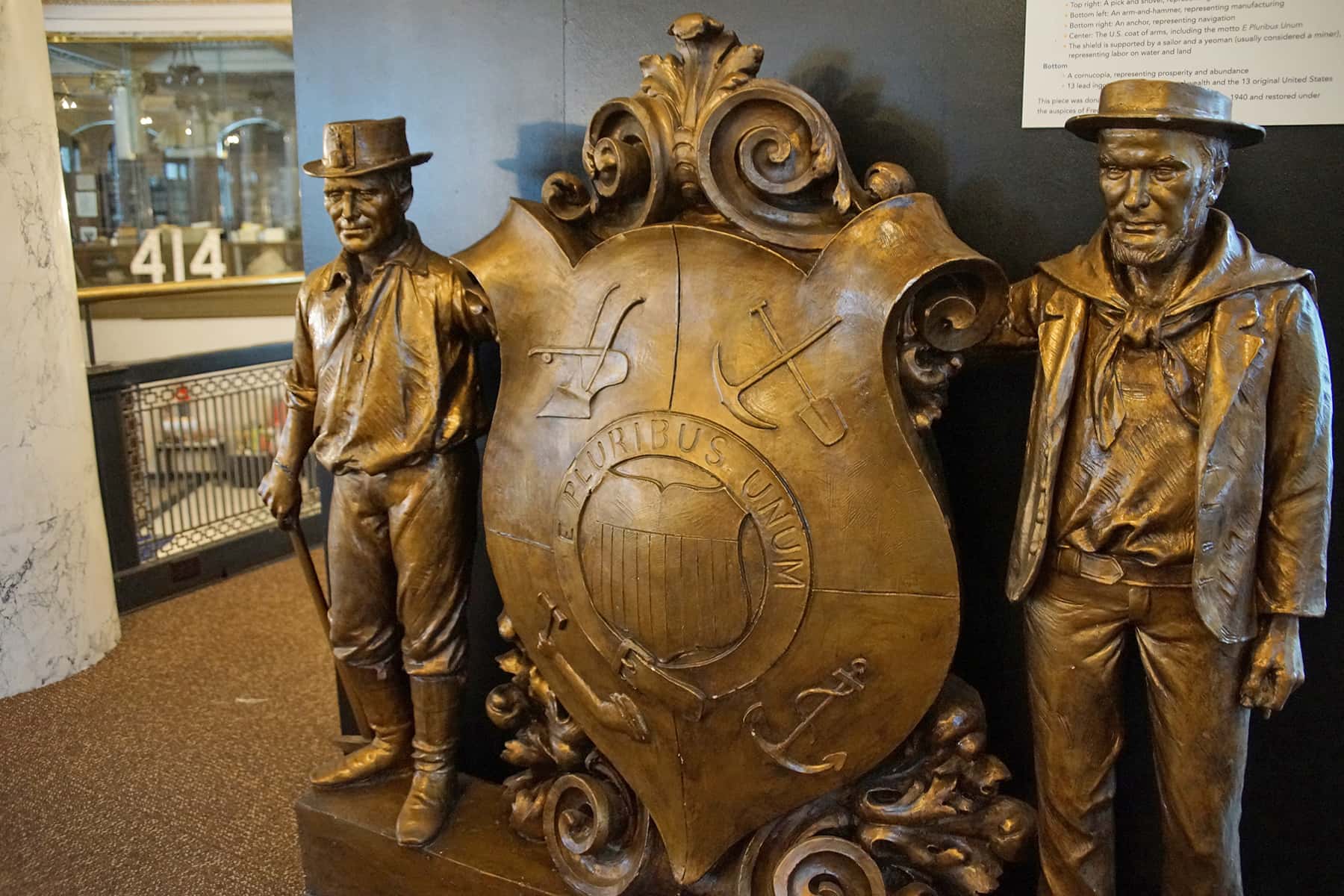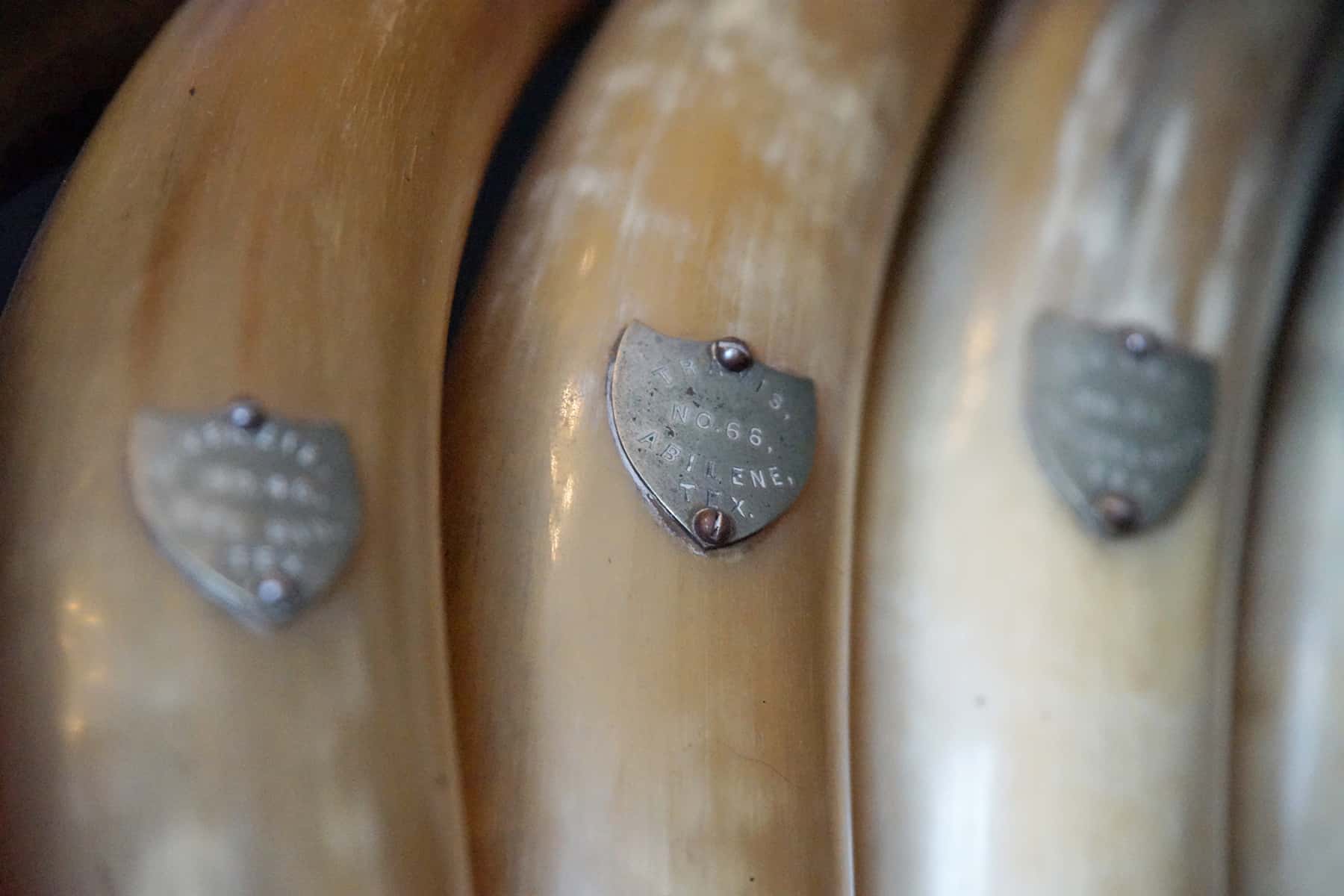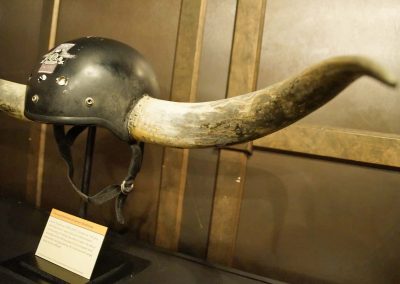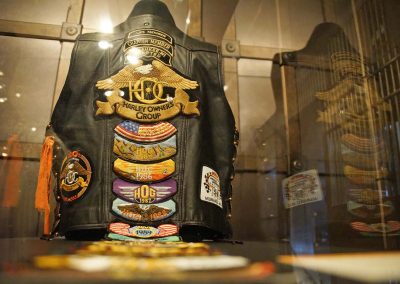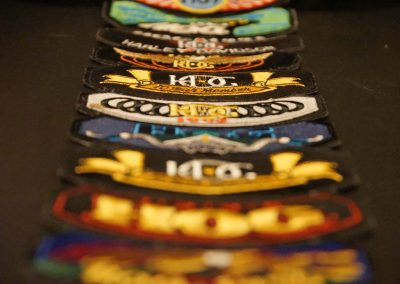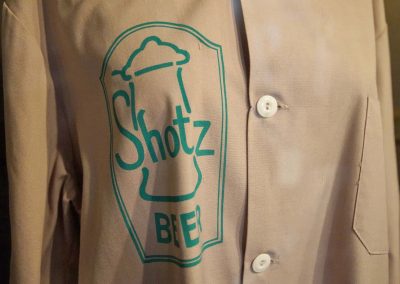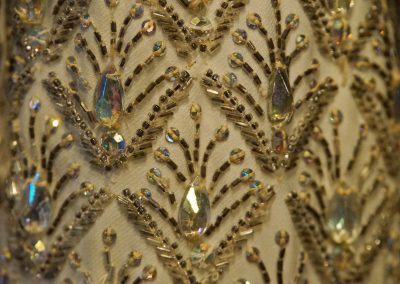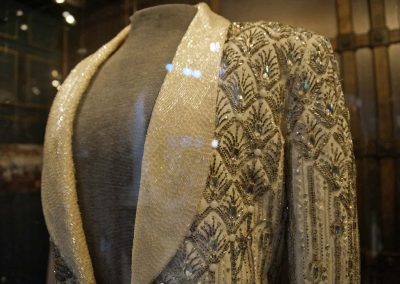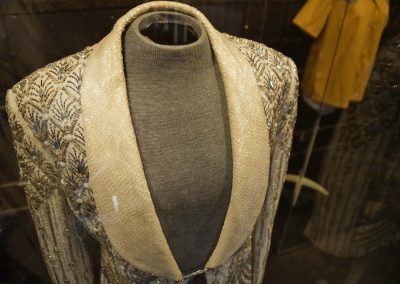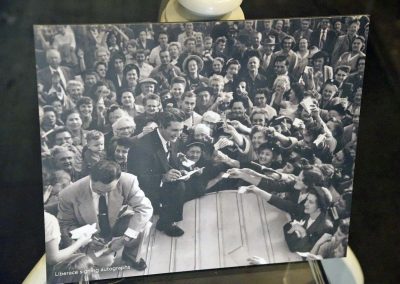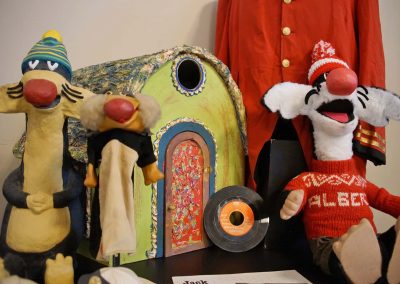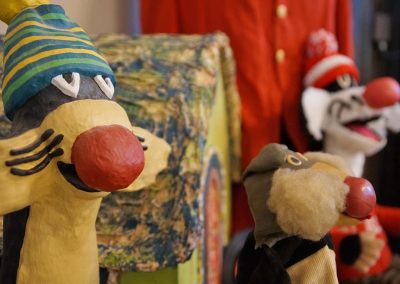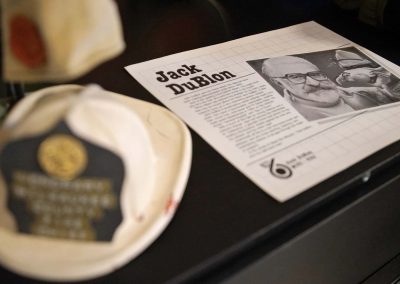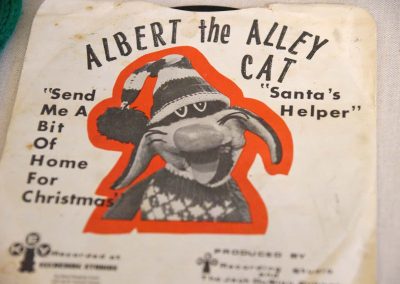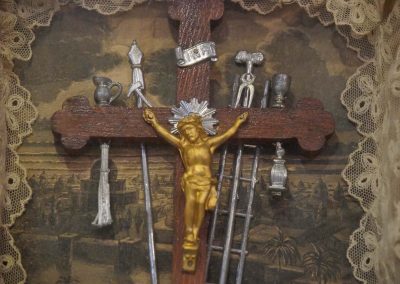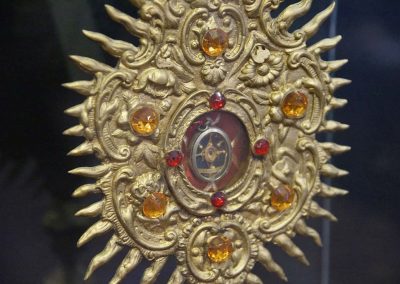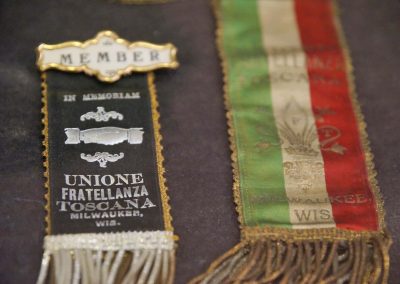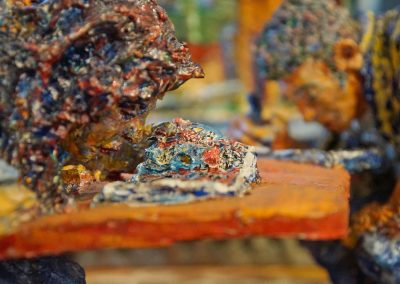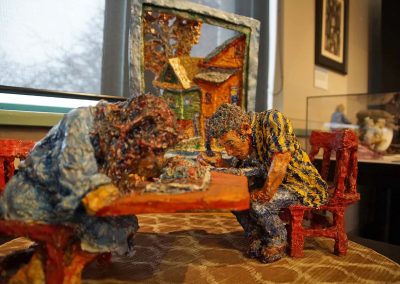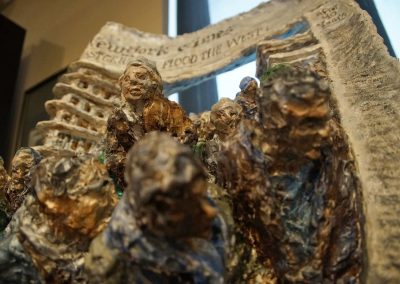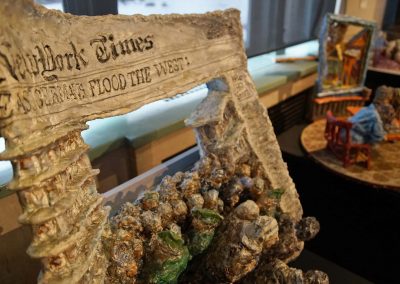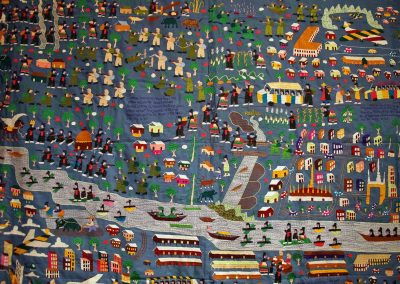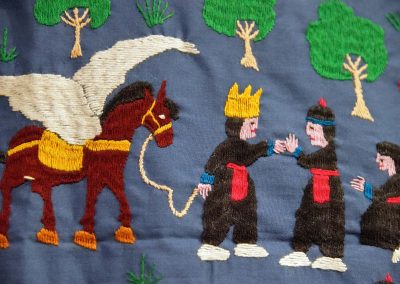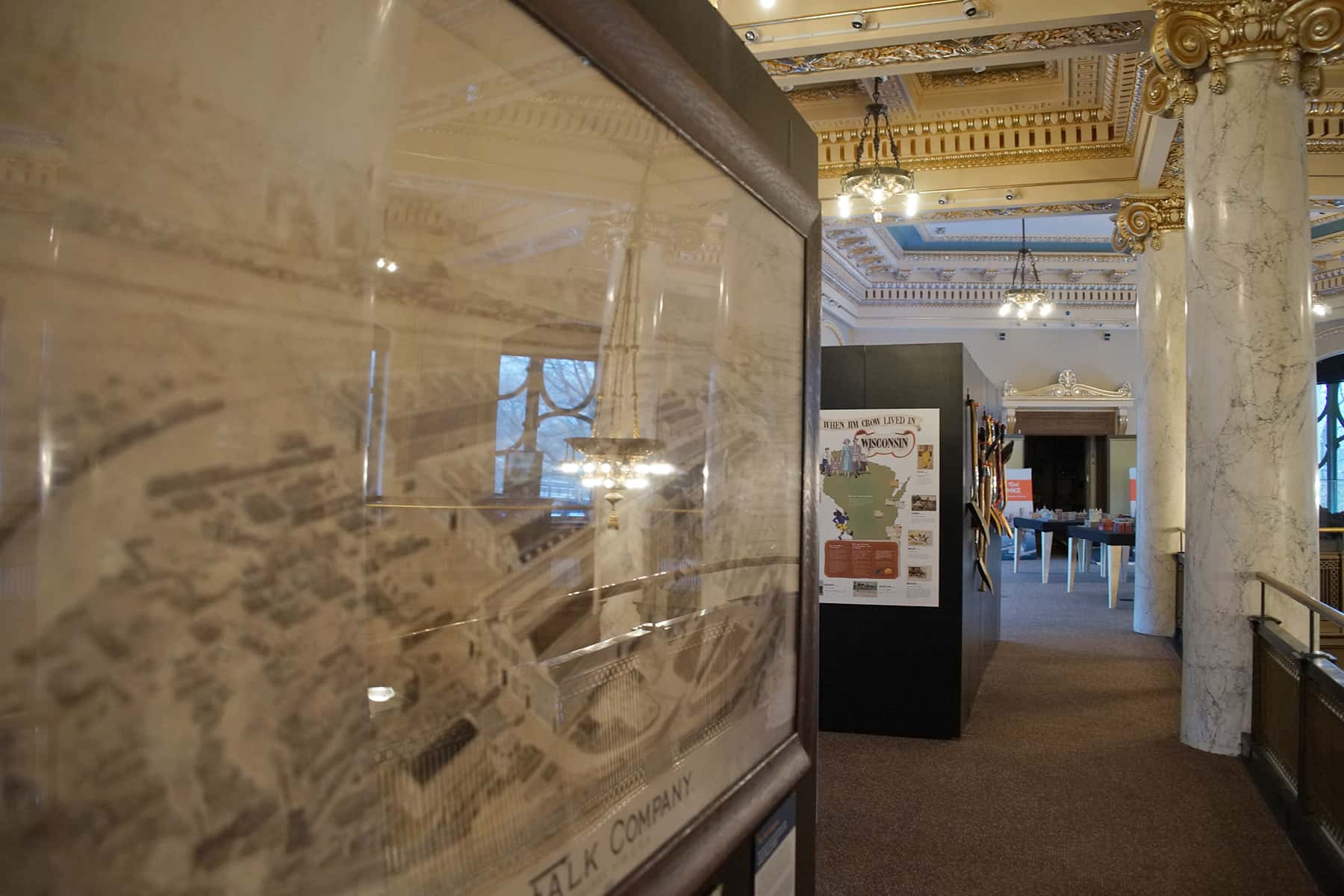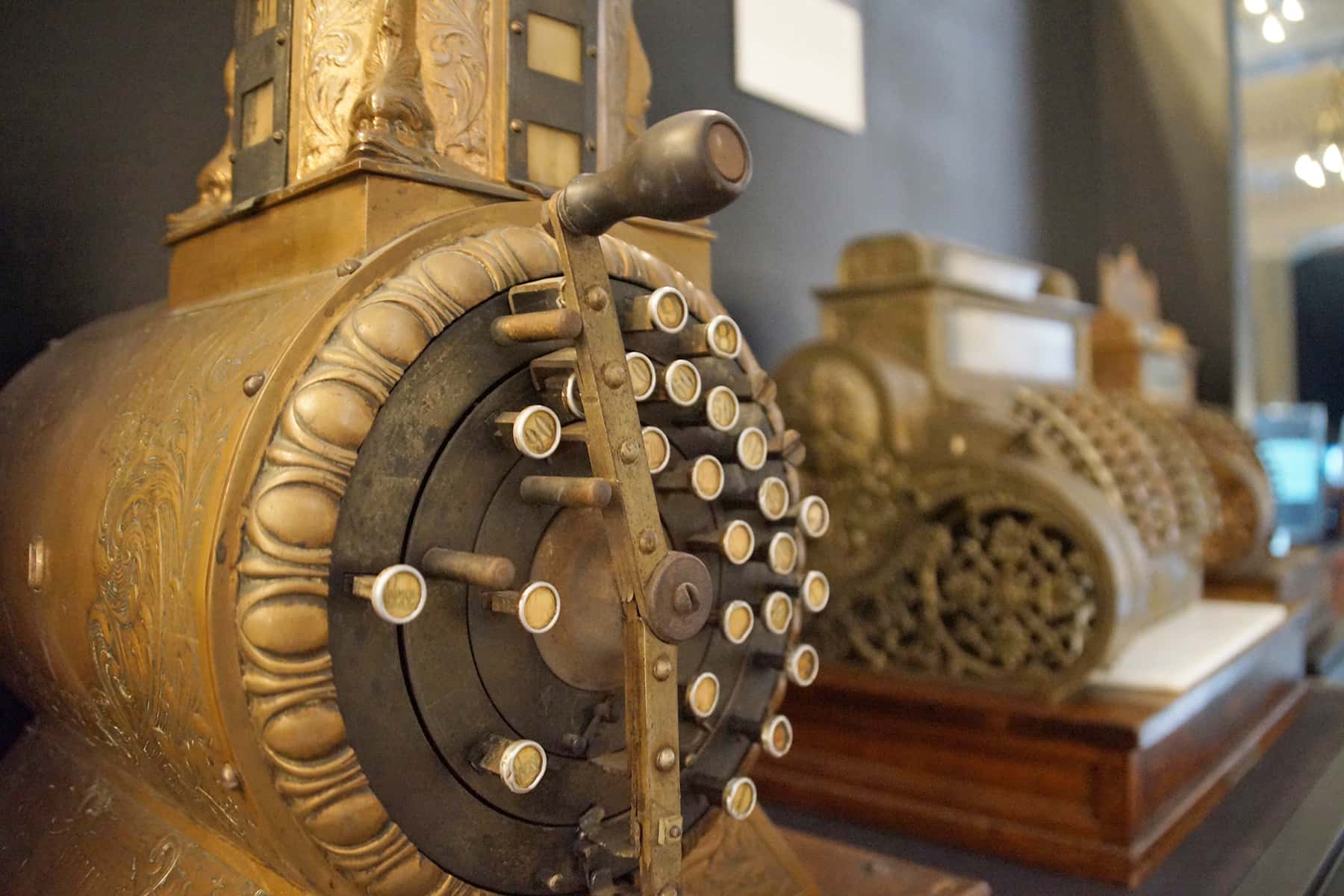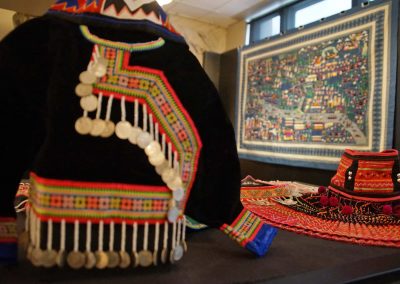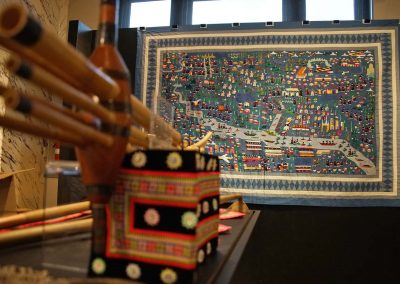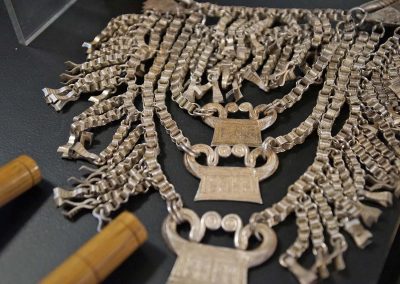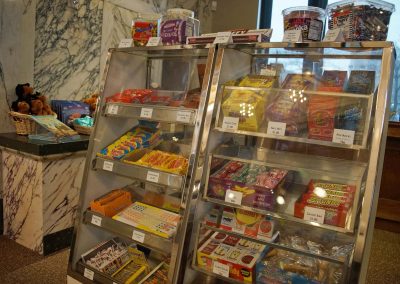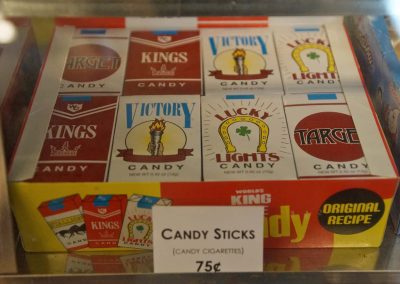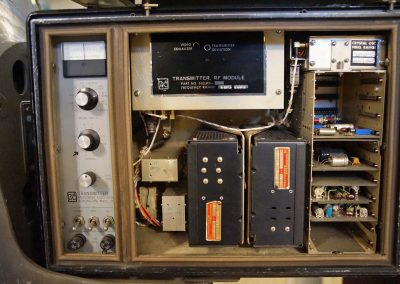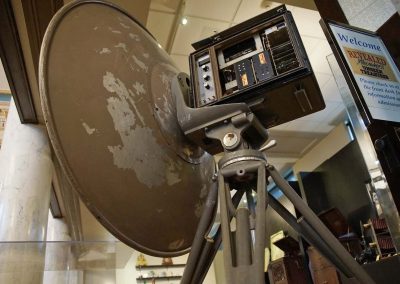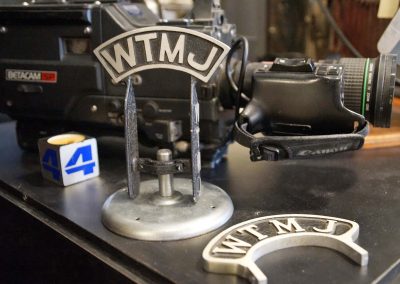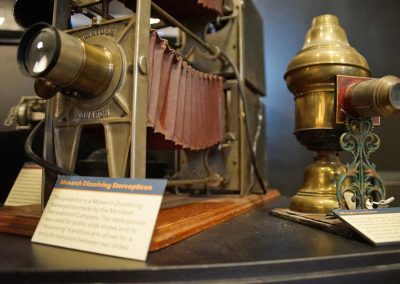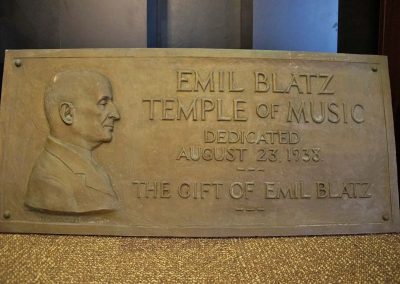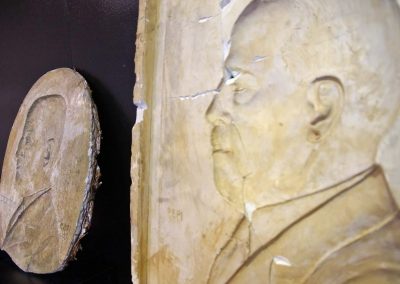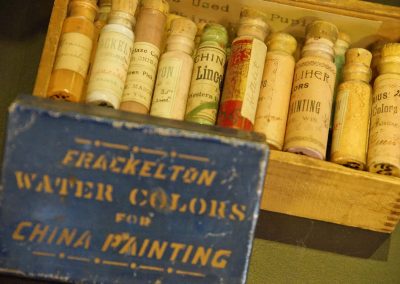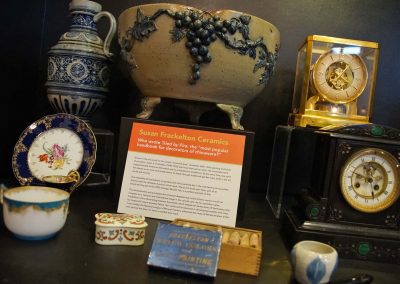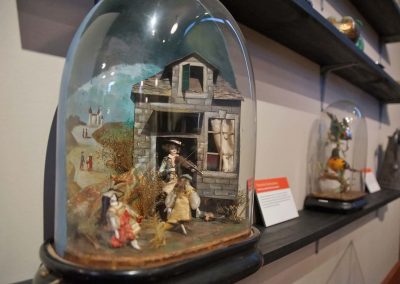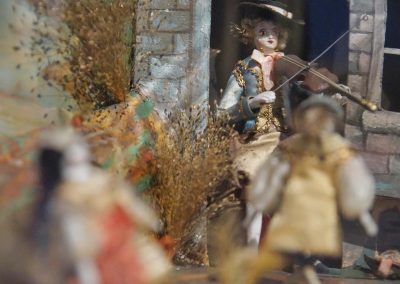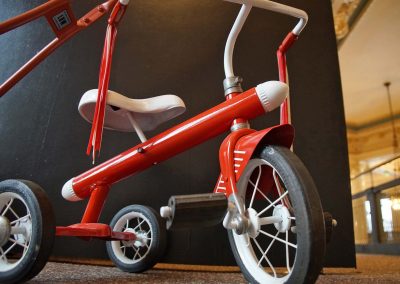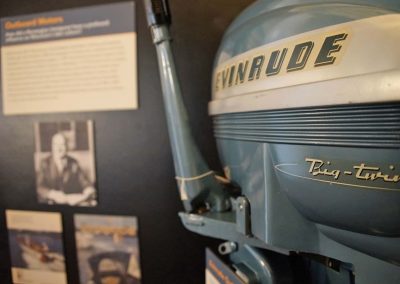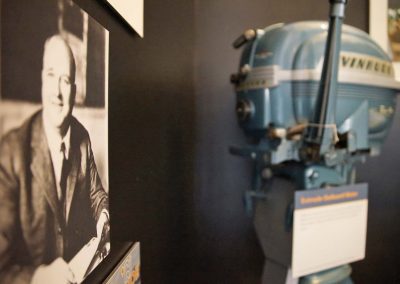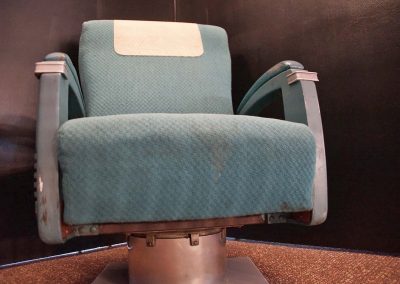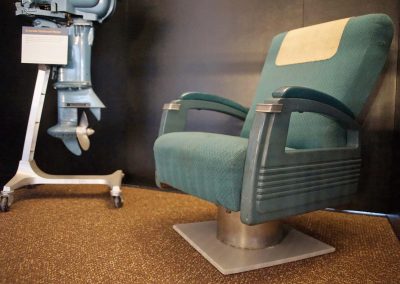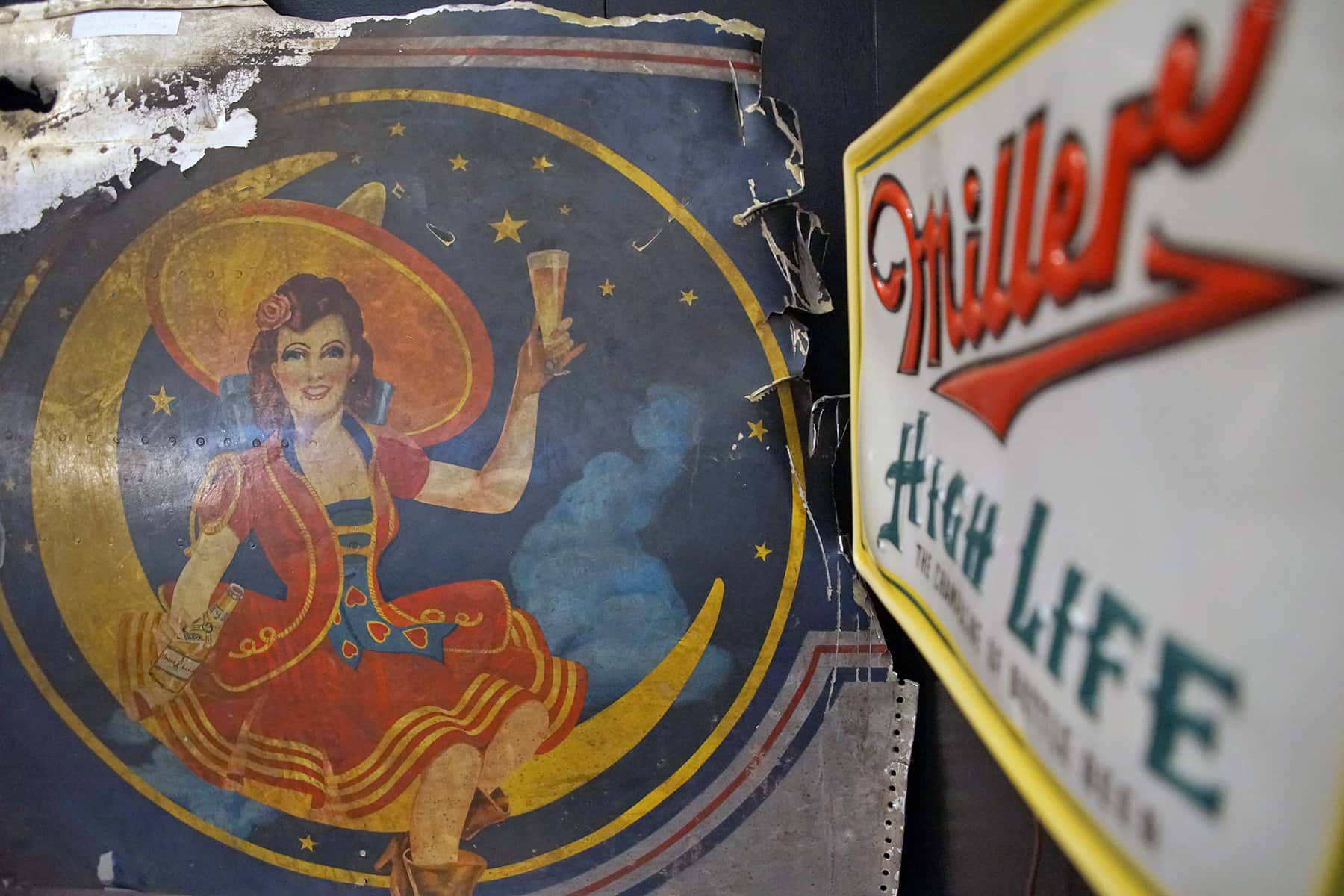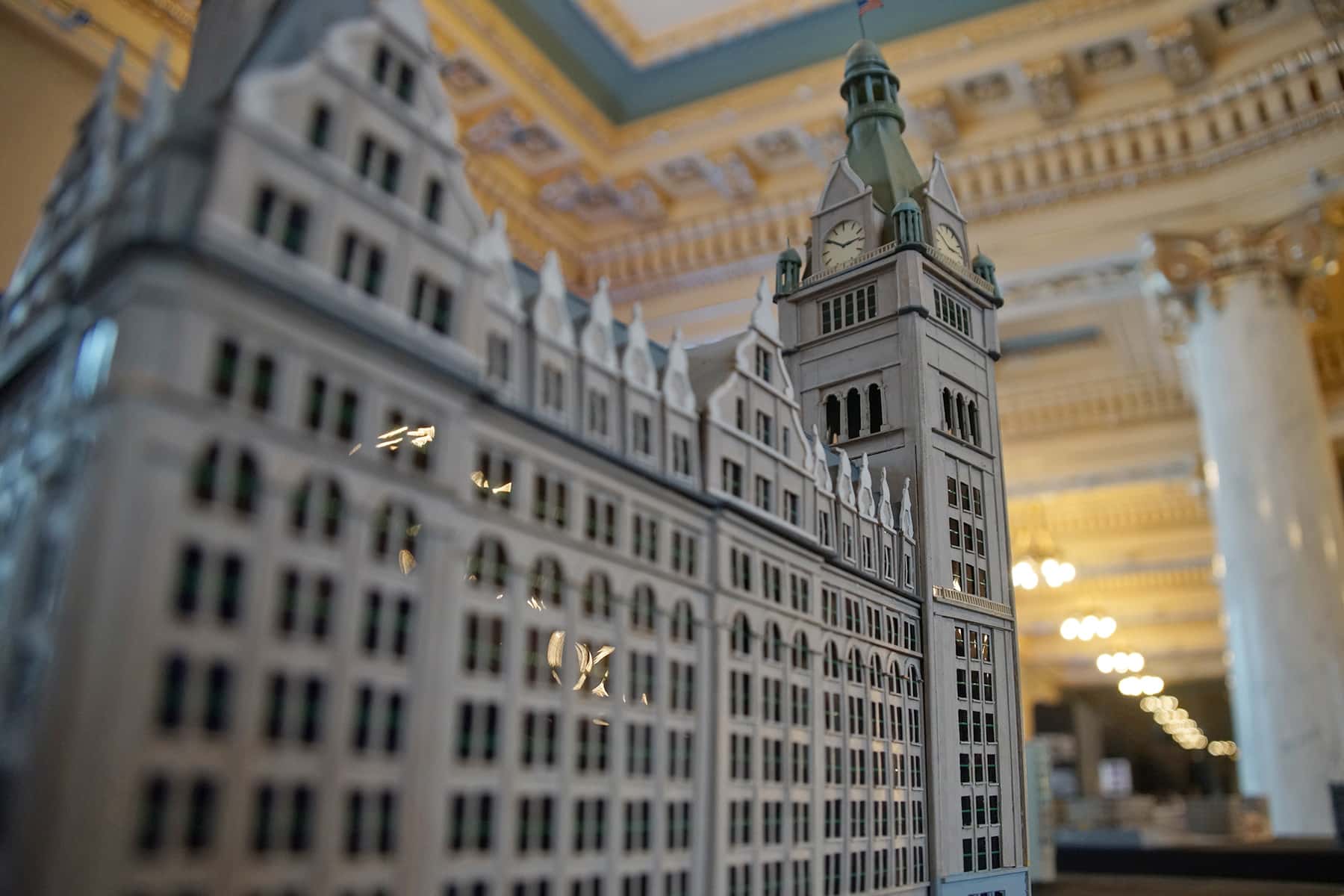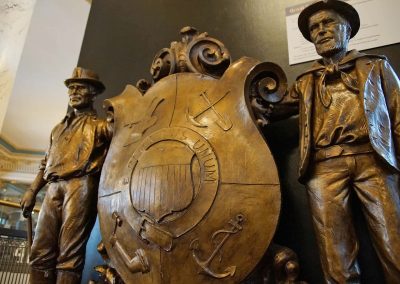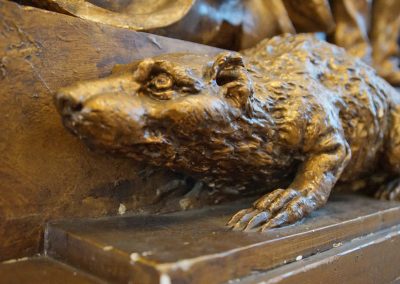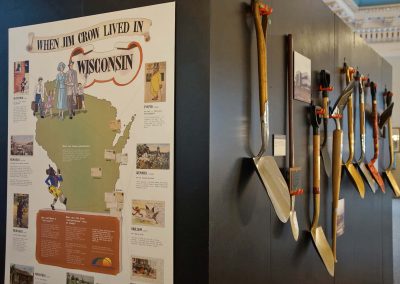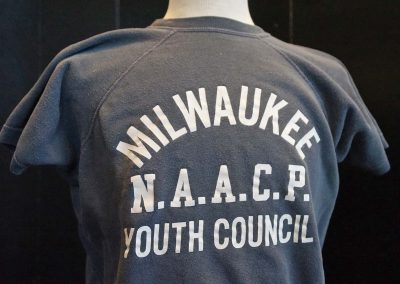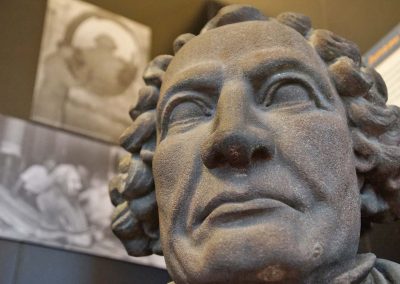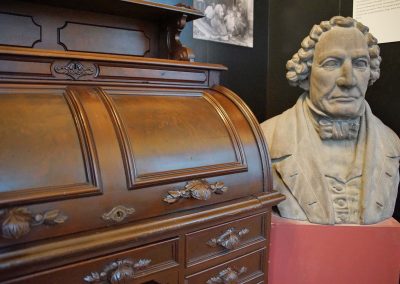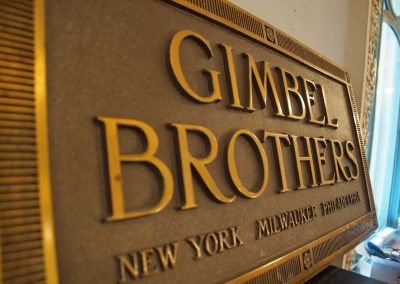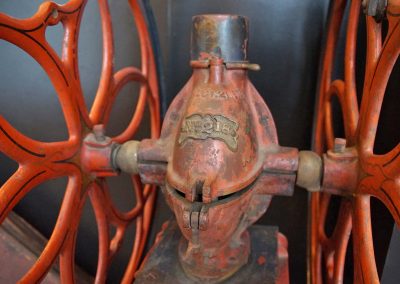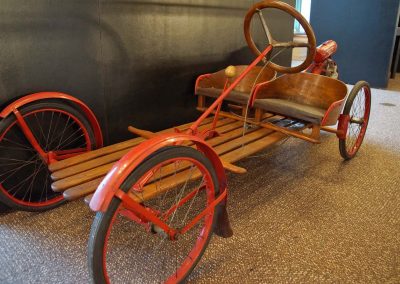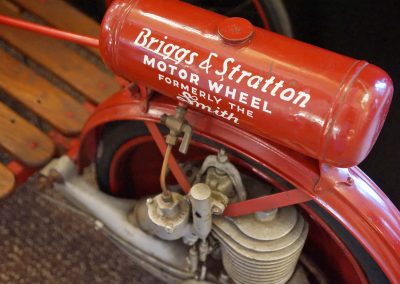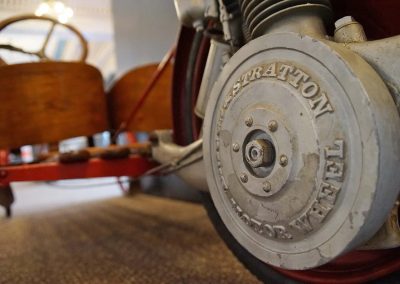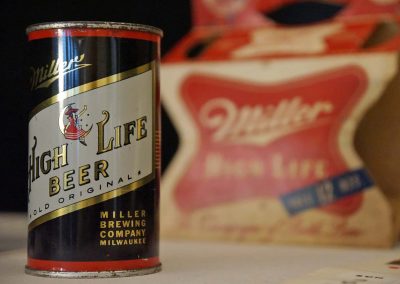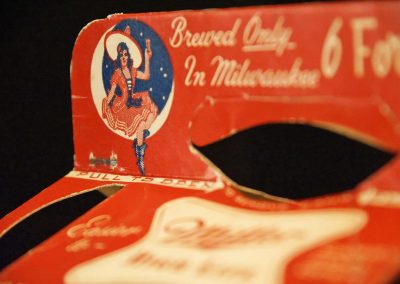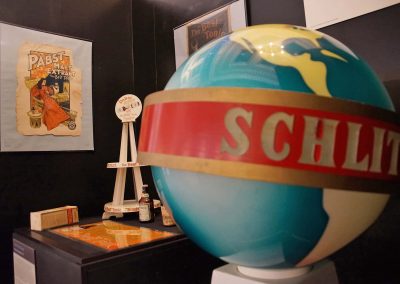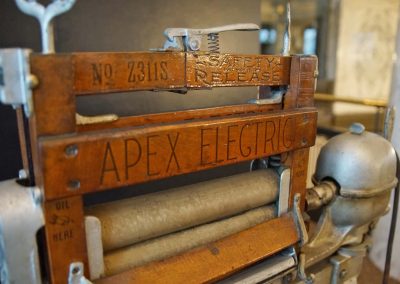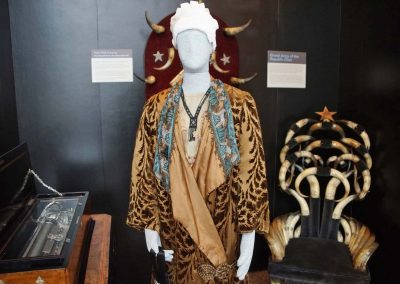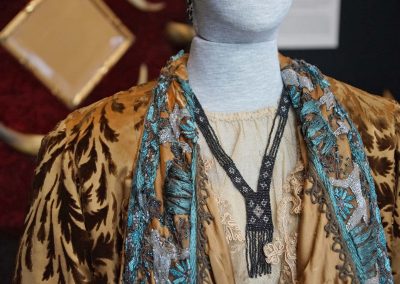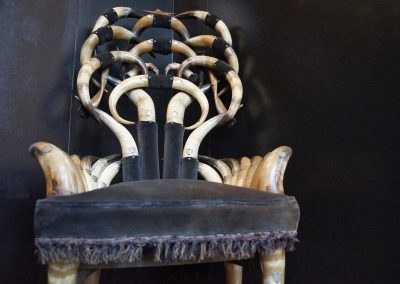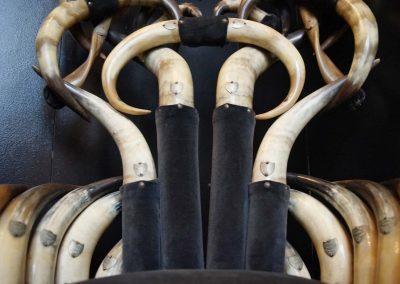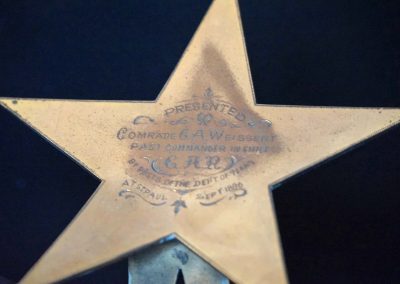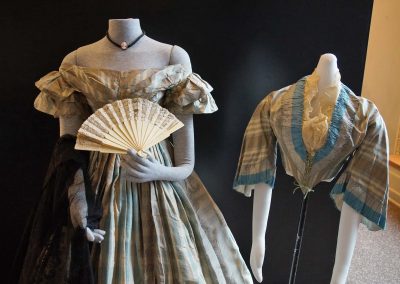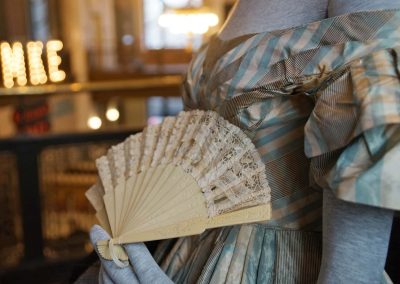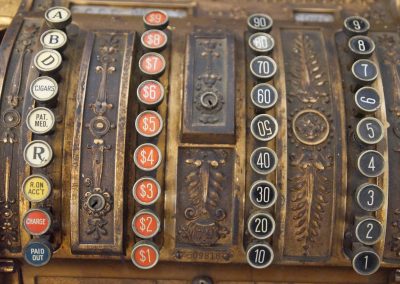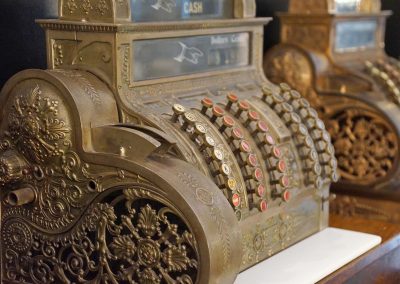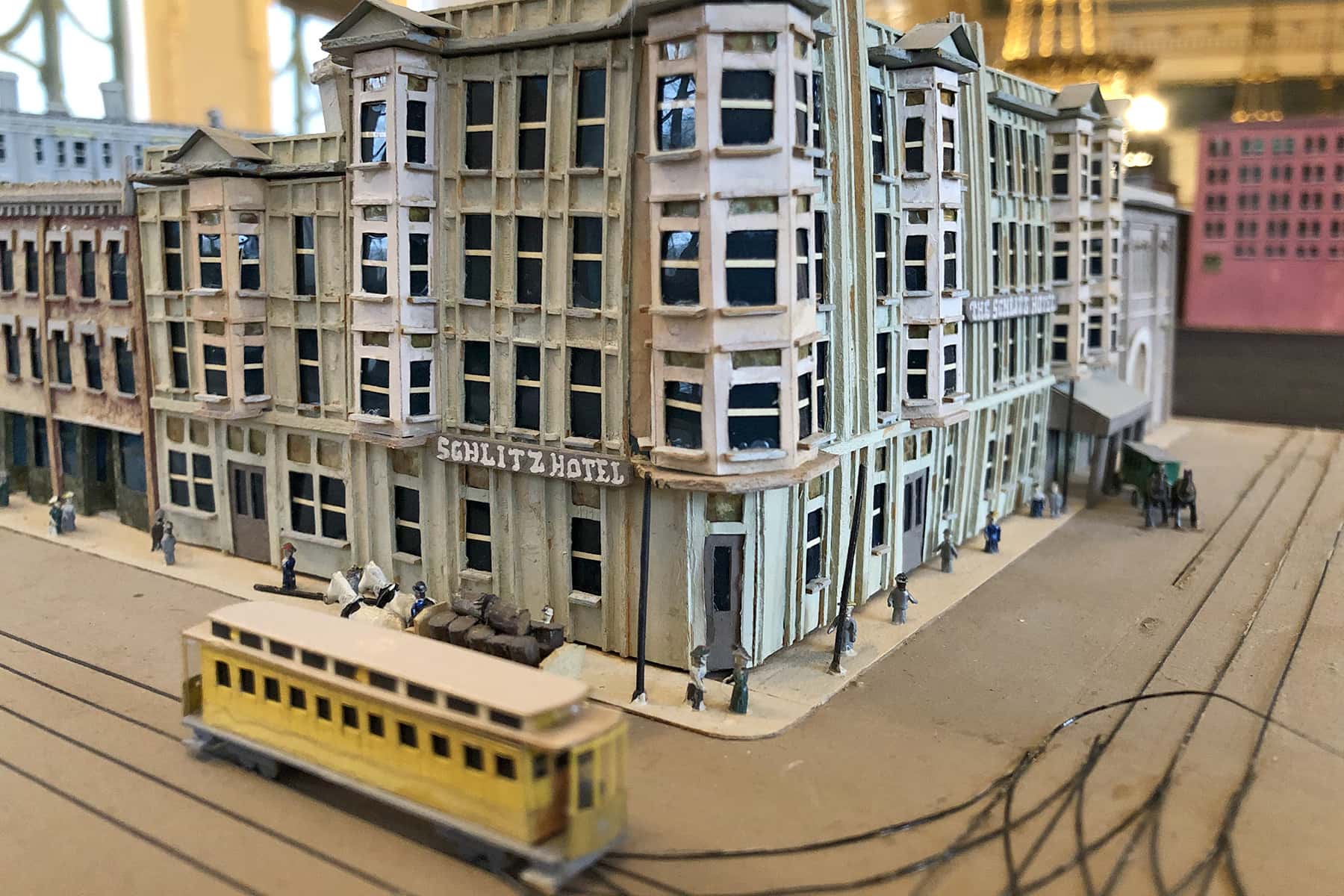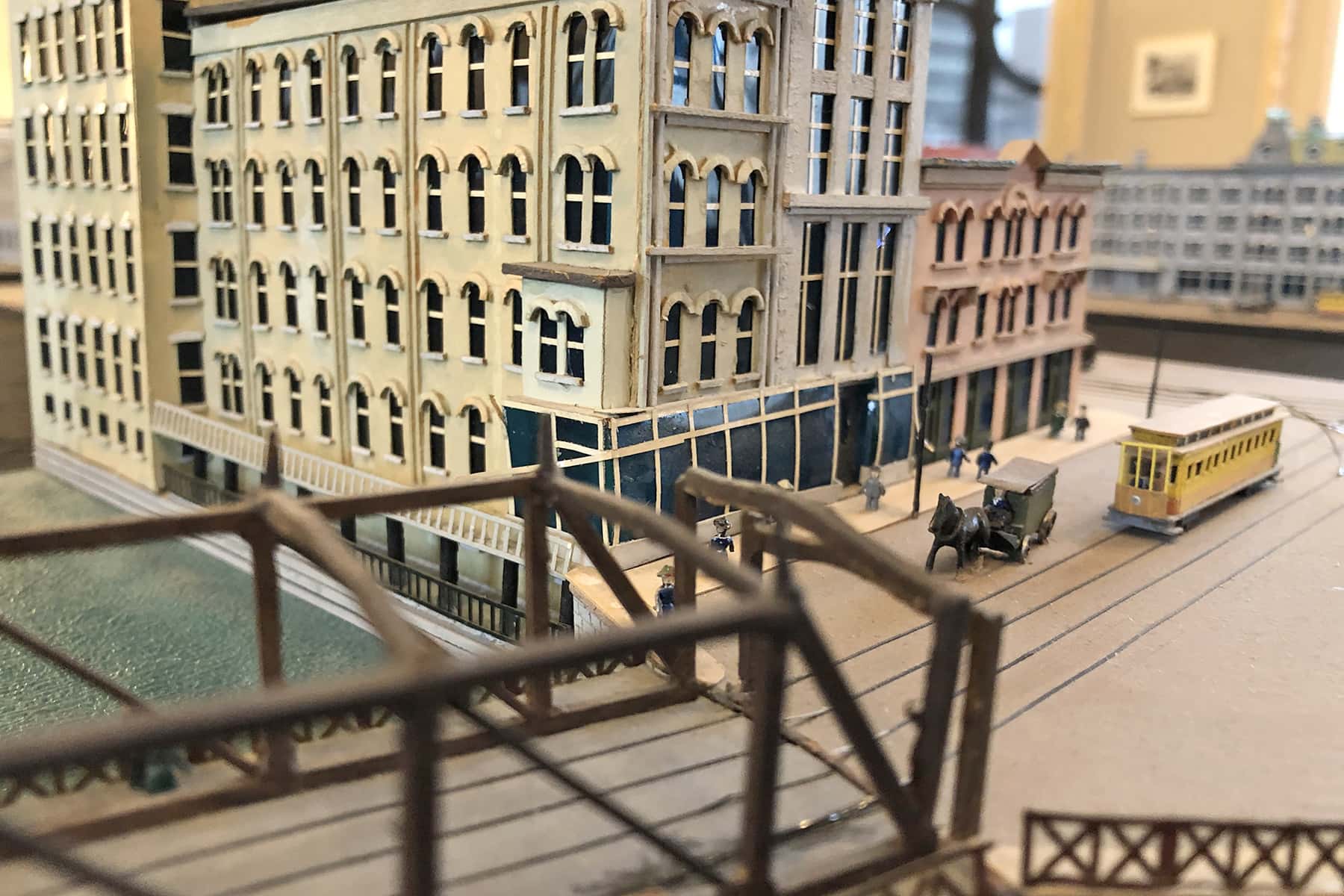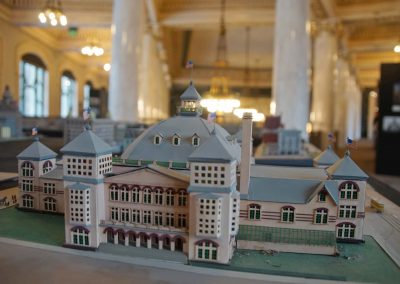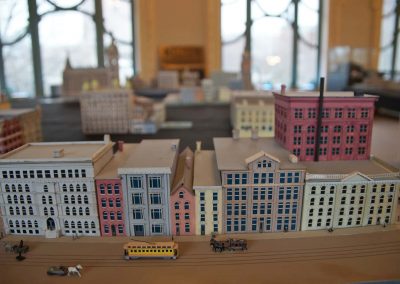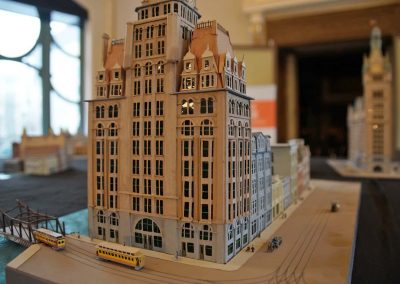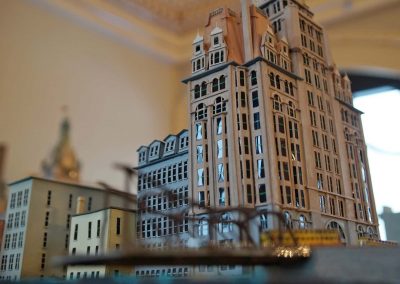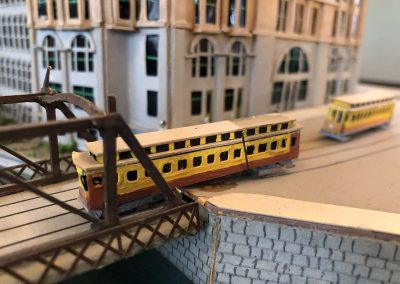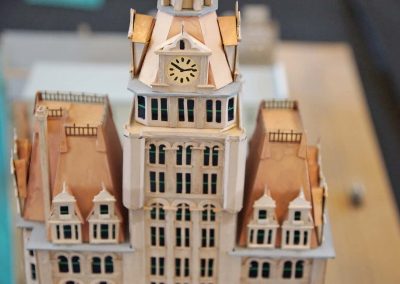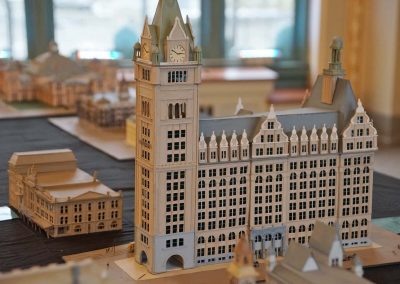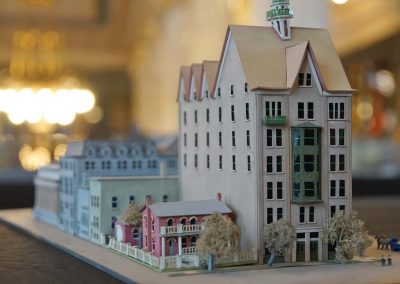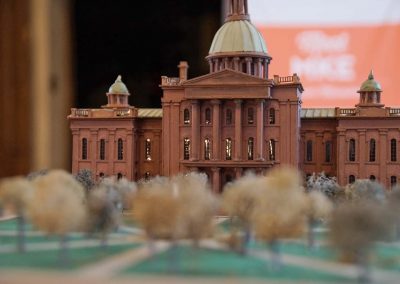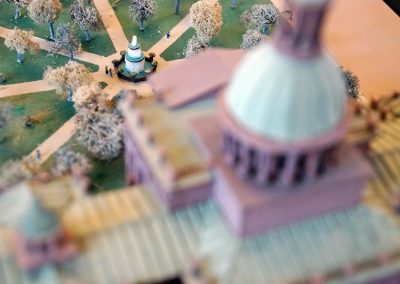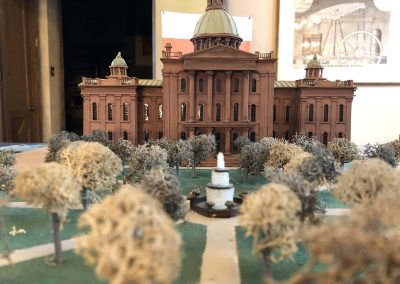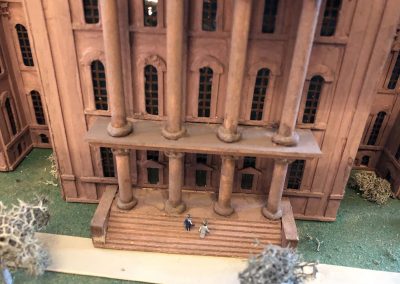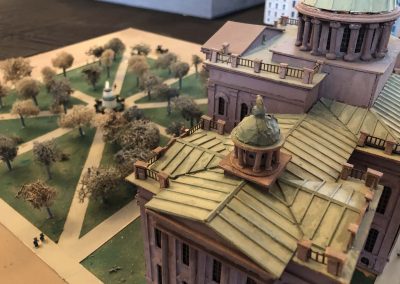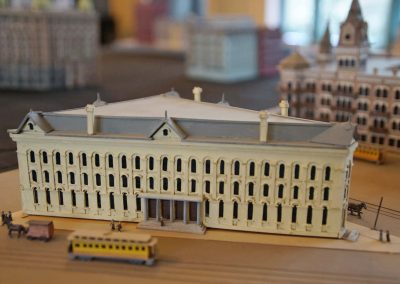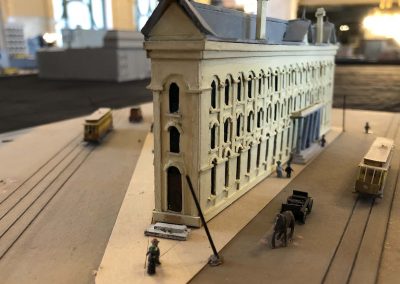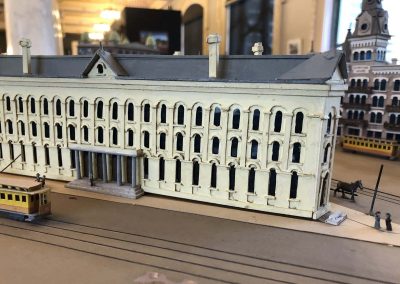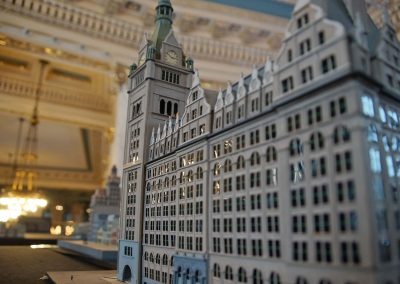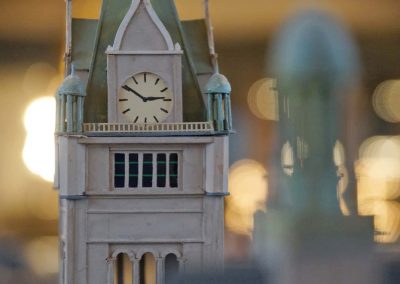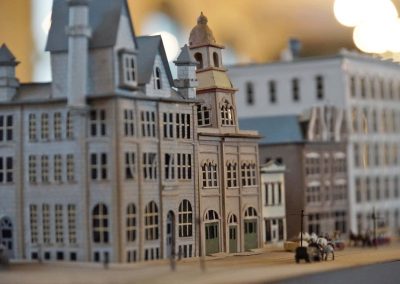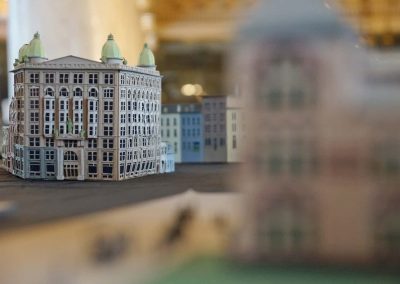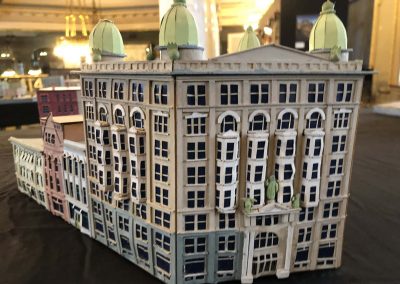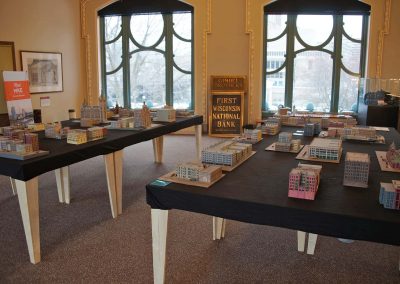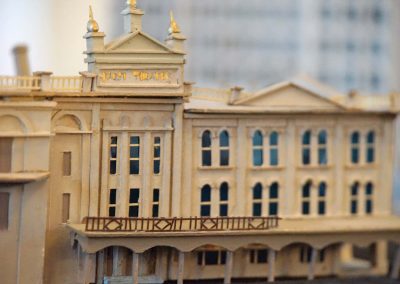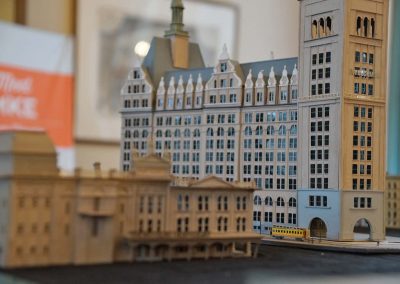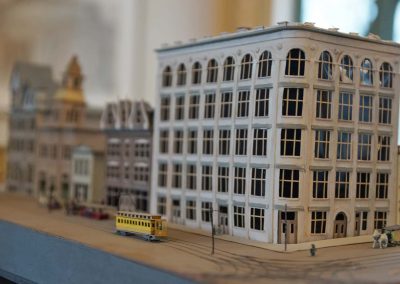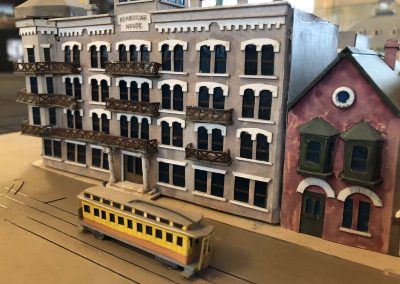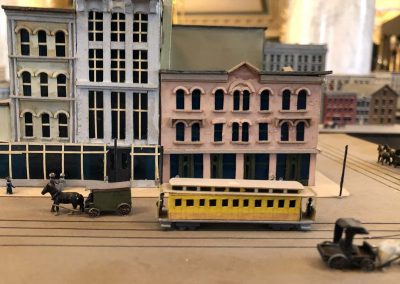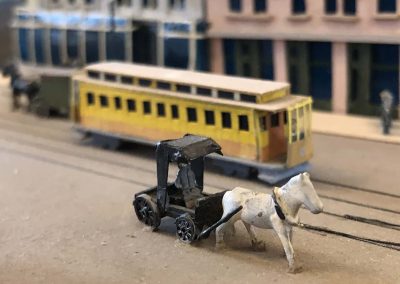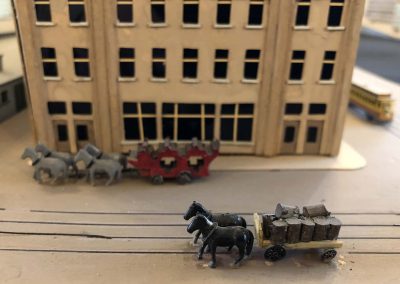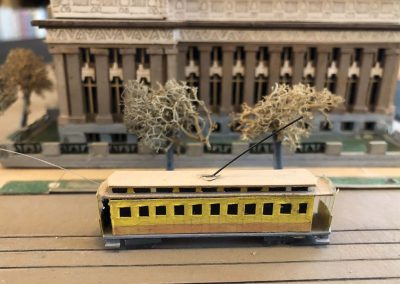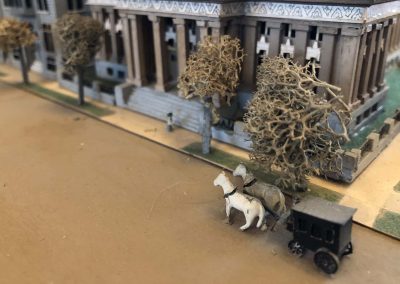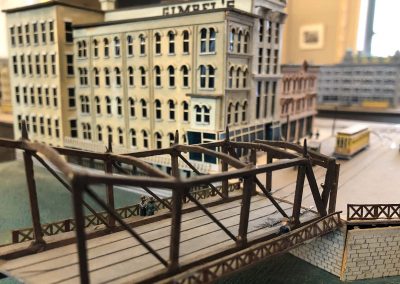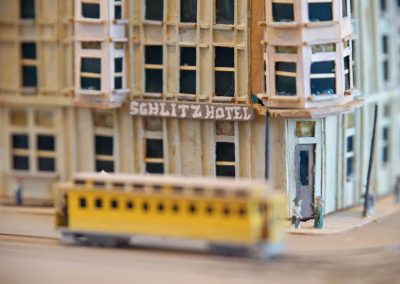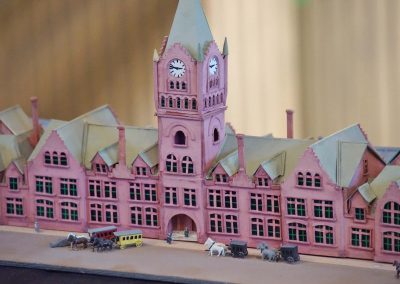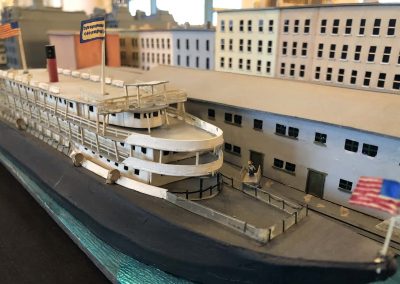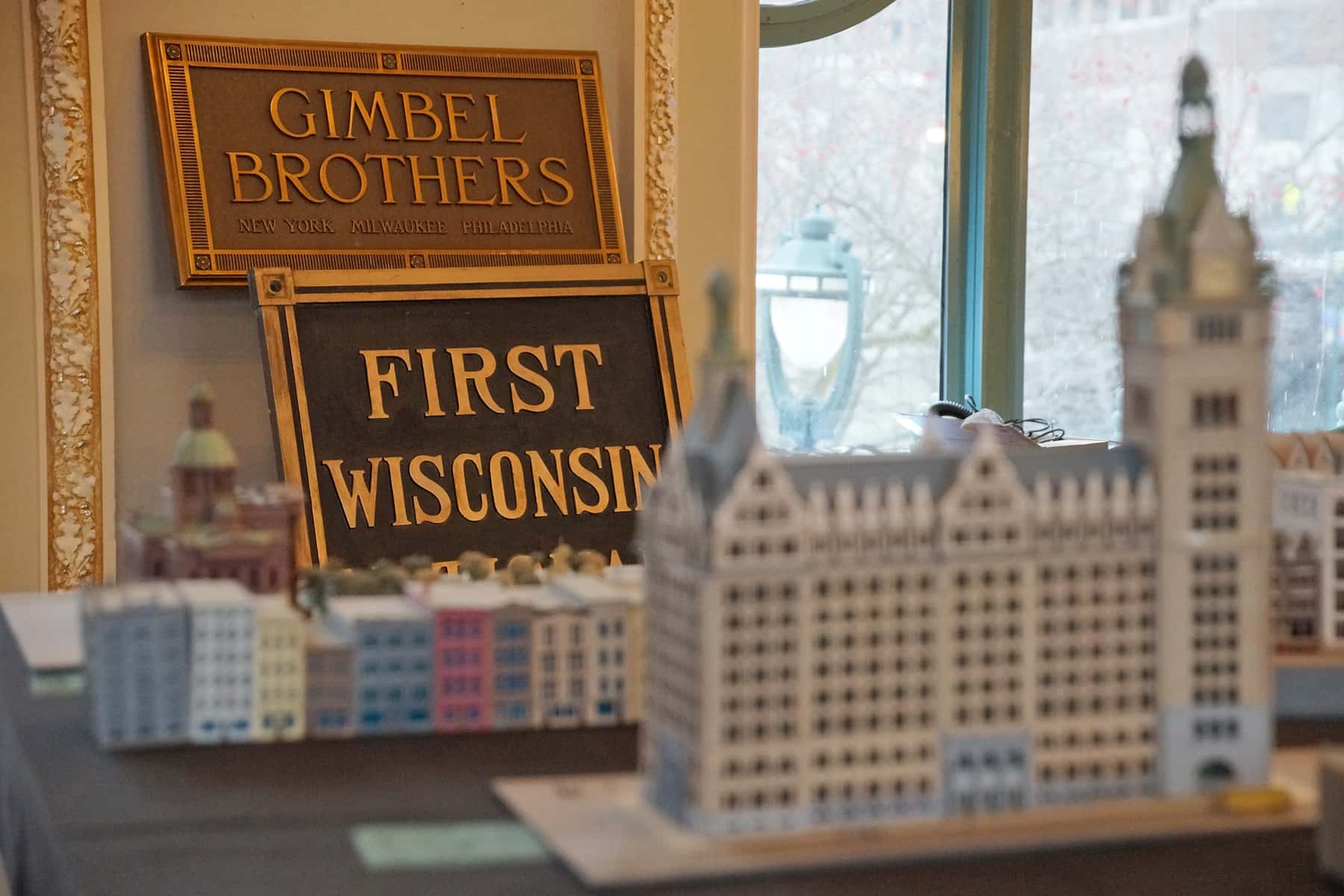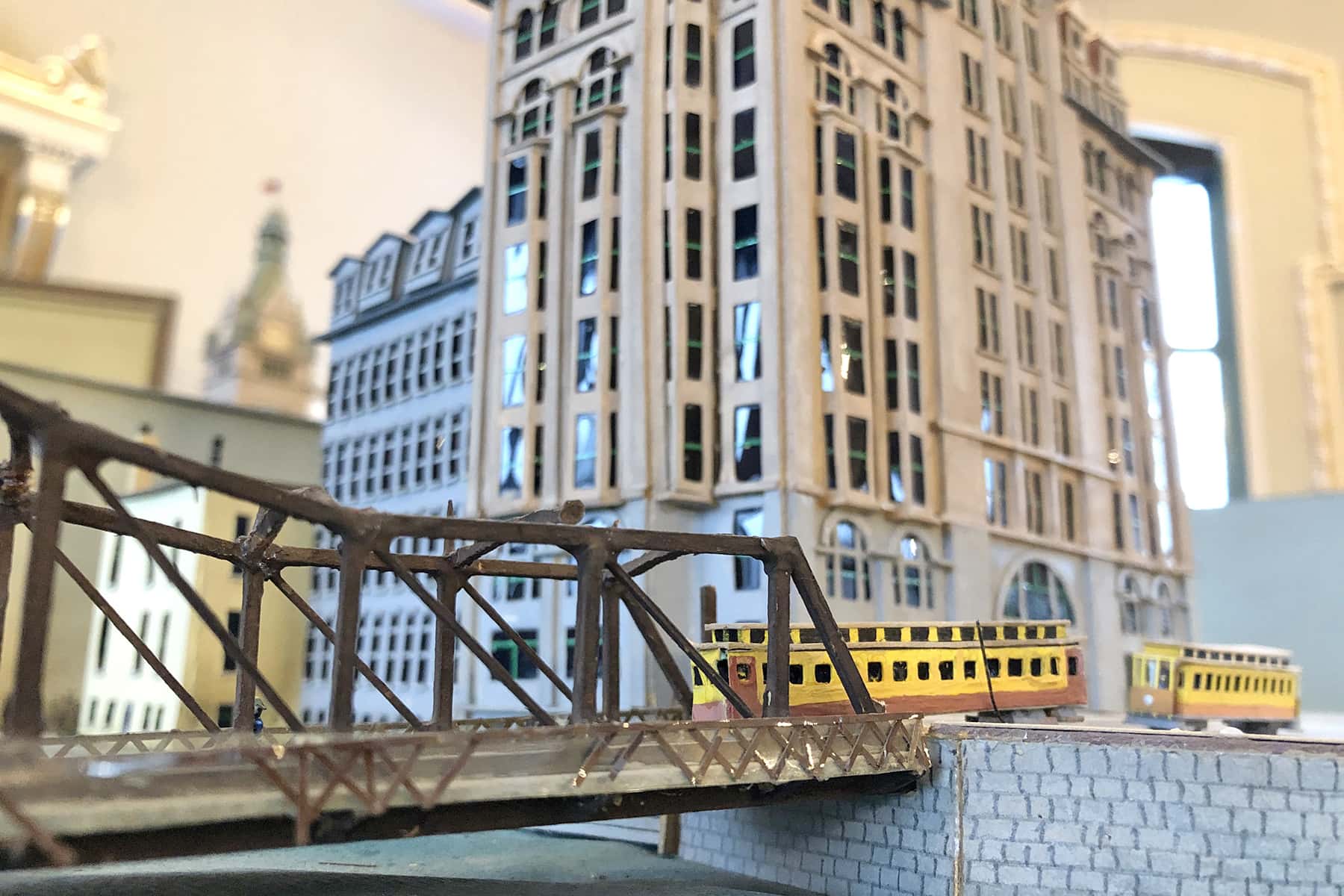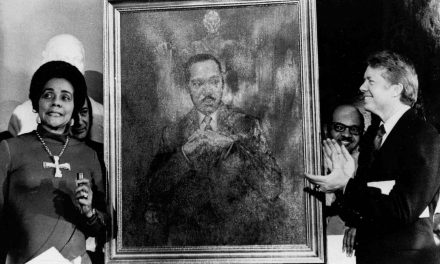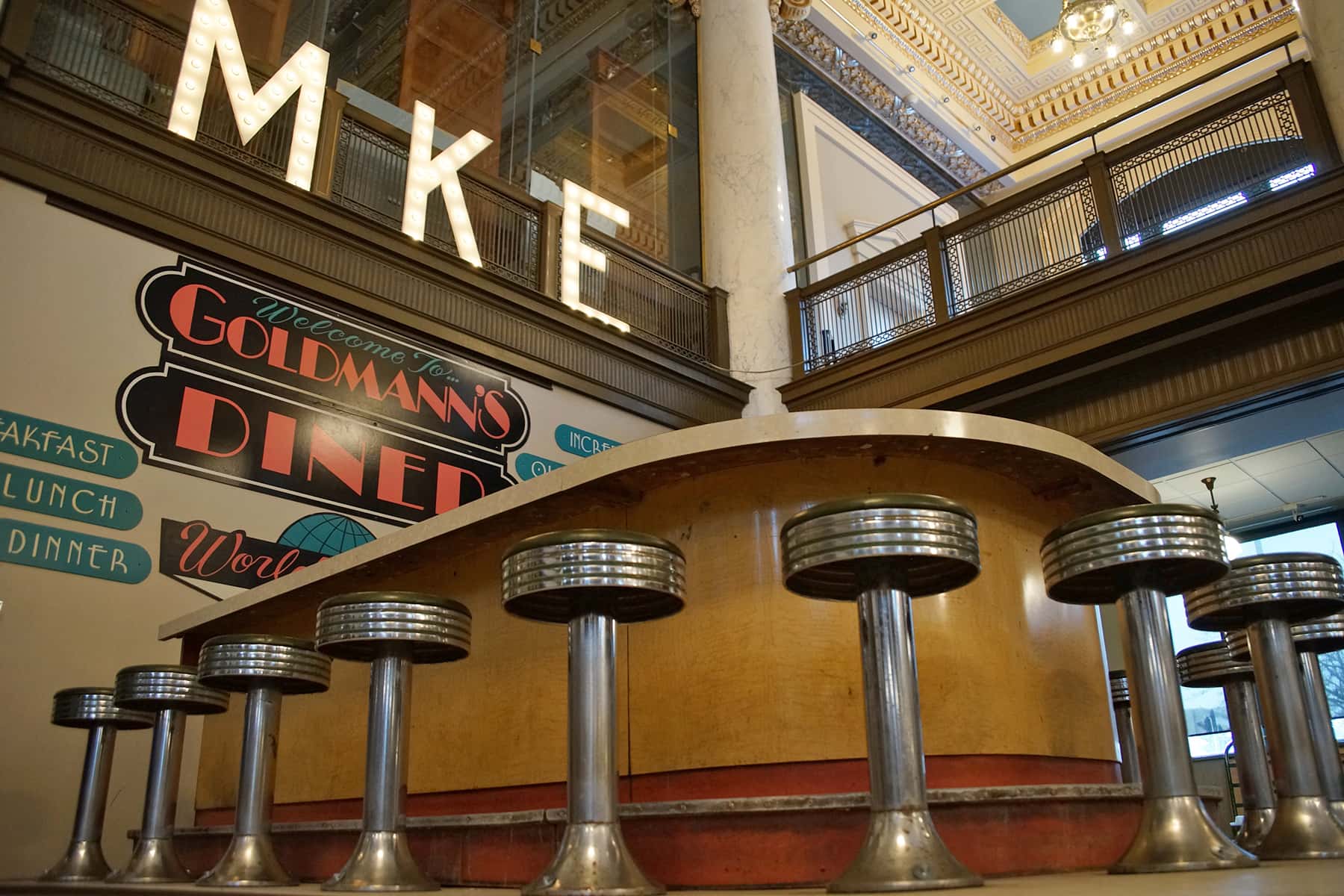
The first exhibit of 2020 from the Milwaukee County Historical Society (MCHS) opens on January 14, featuring some of the city’s rarest pieces of history.
“Revealed: Milwaukee’s Unseen Treasures” was designed to provide an interesting representation of the community, not just local history. As such, the exhibit spans a wide range of topics, from the Milwaukee Common Council Desk of Vel Phillips to Hmong tapestry and cultural artifacts.
“The exhibit is essentially a representation of the things that matter to Milwaukee,” said Mame McCully, Executive Director of MCHS. “This is a new type of exhibit for us, as it doesn’t focus on one major theme like music, sports, or beer. Instead, it brings a rare compilation of artifacts together, so visitors can explore and reflect on their relationship to Milwaukee.”
The unique collection includes curious relics like a six foot tall hand-carved gothic cathedral, the world’s least expensive automobile, a piece of fuselage from the 1954 plane crash that killed Frederick C. Miller, one of Liberace’s performance jackets
a Shotz Brewery smock from the TV show “Laverne and Shirley,” a seat from one of the Hiawatha train cars that was designed by Brooke Stevens, and other items like an Evinrude outboard motor.
“The concept was to identify things that people had not seen or experienced in a long time, if ever. And so we took a couple of different approaches for putting everything together. One was to go into our own collection and take things out that we haven’t displayed in a long time,” said Ben Barbera, curator for MCHS. “Then we reached out to museums, private collectors, and other organizations throughout the city and the county. Being Smallwauke, where everyone knows each other, we had a lot of help making connections and have 17 different lenders. We wanted to get a representation across various types of collectors and collections to represent different communities. So we are excited to represent local voices that we have not been able to in the past.”
An extremely beloved piece of Milwaukee history that highlights the exhibit is the lunch counter from Goldmann’s Department Store. The iconic fixture is owned by John Dye, who revitalized three classic Milwaukee bars – Bryant’s Cocktail Lounge, At Random, and the Jazz Estate. This will be the first public display of the lunch counter since Goldmann’s closed.
The independent department store was located at 930 W. Mitchell Street and closed after 111 years, from 1896 to 2007. The South Side Milwaukee landmark installed its signature lunch counter in 1933, made by Vitro Seating Products. The interior of the store remained basically unchanged after the 1950s, but business declined over the decades as the population demographics changed and big box mega chains eroded longstanding smaller retail businesses.
Milwaukee residents have a strong attachment to Goldmann’s, who distinctly remember going there to shop or for milkshakes at lunch. Barbera said that he expected the experience for people to sit at the counter again will bring back lots of happy memories.
“Revealed: Milwaukee’s Unseen Treasures” will be on display until April 25. The next exhibit after that is expected to open in May and run through November. It will focus on Milwaukee’s political history, taking a look at its major political parties with an emphasis on the Socialist history that is unique to Milwaukee. MCHS hopes the exhibit will capitalize on the heavy traffic expected for the Democratic National Convention in July.
To compete with the Chicago North Western and other passenger lines, the Chicago, Milwaukee, St. Paul & Pacific Railroad (Milwaukee Road) hired Brooks Stevens Associates in 1943 to redesign its signature Olympian Hiawatha streamliners including the Skytop Lounge observation cars for the Hiawatha passenger trains. Stevens designed all aspects of the train including the swiveling, reclining upholstered railroad seats. This chair was built in 1948 at the Milwaukee Road’s massive car factory in Milwaukee’s Menomonee Valley which, in addition to extensive metalworking facilities, was outfitted with a complete trim shop.
Brooks Stevens (1911 – 1995) was born in Milwaukee and became an industrial designer of home furnishings, appliances, automobiles, and motorcycles, among many other things. He was the youngest of the American designers who founded the Society of Industrial Designers in 1944. Stevens centered his business in the industrial Midwest, setting up shop in Milwaukee in 1935. Over the next 40 years his Wisconsin clients included Allis-Chalmers, Culter-Hammer, Harley-Davidson, Outboard Moters, Kearney & Trecker, and Miller Brewing, in addition to many national companies such as Oscar-Mayer, Lawn-Boy, and Jeep.
The model sections are part of a scale model collection that depicts downtown Milwaukee at the start of the twentieth century. The entire downtown collection of buildings encompasses sixty city blocks, from State Street south to Clybourn and from Fifth Street east to Jackson Street. After Ferdinand Aumuller (1891 to 1971) retired in 1995, he occupied his time by creating scale models of buildings for home Christmas displays. In 1967 he tackled the downtown project, completing it in 1969. After his death, the models later donated them to the Historical Society.
Lee Matz
Milwaukee Independent is an award-winning and advertising-free daily news magazine that advocates for inclusive social understanding by publishing positive news content that covers a wide range of topics as a catalyst for community development. Our content is open to the public, with no access restrictions. As a nonprofit news organization, we are supported through charitable contributions from organizations and individuals in order to produce our activating, engaging, and solution-focused coverage of news in Milwaukee. Please consider supporting our work or making a donation.

